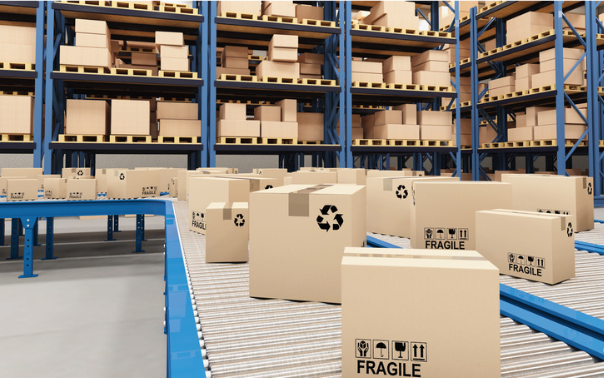
Even with the widely publicized layoffs in the technology sector since the beginning of 2023, the labor market remains very tight with nearly 10 million jobs available in the United States alone. Front line supply chain, warehousing and manufacturing jobs, like selectors/pickers and equipment operators, represent hundreds of thousands of those jobs. In fact, most warehouse companies (73%) can’t find enough workers.
The lack of adequate staffing is hindering prompt order fulfillment in many sectors, including food, pharmaceuticals and automotive. It starts at the ports, where not having enough longshoremen and dockworkers, results in delays getting ships unloaded. It continues with fewer drayage and long-haul truck drivers making it difficult for shippers to move inventory from ports to distribution centers promptly. Then there are the understaffed warehouses and distribution centers that can’t operate at full capacity, causing disruptions in the delivery of material or inventory for manufacturers and retailers.
All of this adds up to a big mess.
Companies large and small are taking action to address the current labor challenges in the supply chain, with many offering higher wages to attract and retain workers, and others providing increased work flexibility options. Still others are using contractors to supplement their workforce or hiring semi-retired and formerly retired workers on a part-time basis.
And a growing number of companies are turning to automation, such as using robots for fulfilling orders in their warehouses and/or manufacturing facilities, or automated software for processing online orders. An automated warehouse or production center can help fulfill customer orders even when there is a limited workforce in several ways:
- Increased efficiency: Automated warehouses utilize robotic and conveyor systems to move products quickly and efficiently throughout a facility, so items can be located, picked and shipped out to customers faster than in manually operated warehouses. McKinsey Digital found that automating business processes result in ROIs of between 30 and 200 percent in the first year.
- Reduced errors: With automated systems, there is less chance of human error in picking and packing orders, leading to fewer mistakes and returns.
- 24/7 operation: Automated warehouses can operate around the clock, allowing for more orders to be processed and shipped out faster, without the need for human workers to be present at all times.
- Scalability: Automated systems can be easily scaled up or down to handle fluctuations in demand, ensuring that the warehouse can adapt to changes in customer order volume.
- Safety: Automated warehouse systems can significantly improve operational safety and safety at work by eliminating, reducing or controlling the interface machine and human. This is critically important as companies spend more than $167.0 billion per year on wage and productivity losses, medical expenses and administrative costs, and lose more than 100 million work days due to safety issues.
Supply chain professionals consider automation as a positive for workers because it actually improves retention and creates an opportunity to upskill current employees.
Bottom line is that an automated warehouse and/or manufacturing center can help businesses fulfill customer orders more quickly and efficiently, even when there is a limited workforce. The solutions offered by Stoecklin, including customized automated systems that meet the exact needs of users, help improve customer satisfaction and loyalty, while also reducing the impact of labor shortages on the business. In addition, industry experts from Stoecklin will share best practices to help executives better understand the impact of automation, not only on workforce challenges but also on performance and sustainability issues with a comprehensive assessment of the pain points and opportunities facing companies in the extended supply chain.

Recent Comments